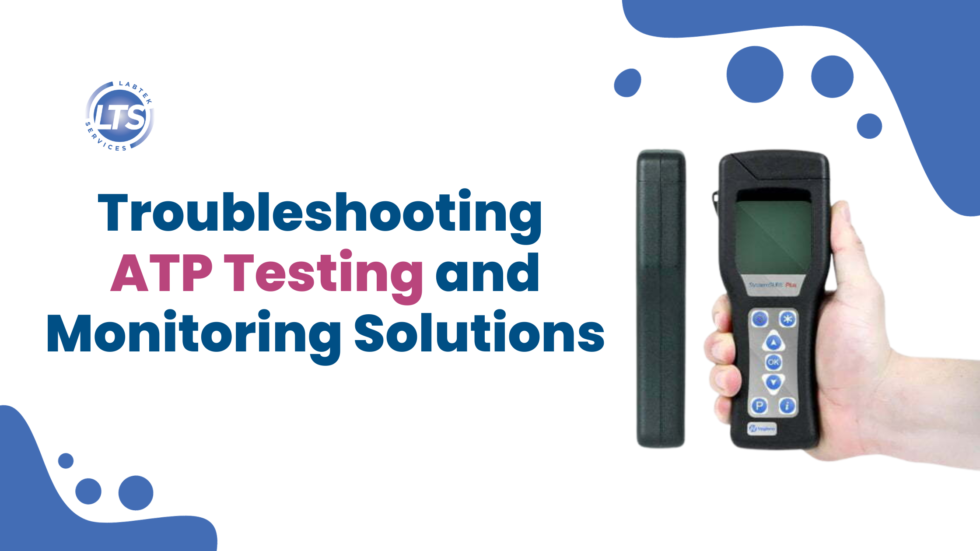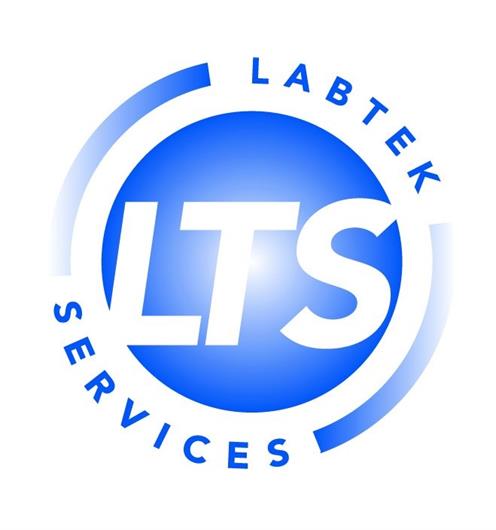 Add My Company
Add My Company
Surface testing for food safety

What is the difference between Allergen Testing and ATP Testing?
For an absolute surface testing system, it is vital to understand the presence of specific proteins and how to detect these particular proteins. Allergen tests are conducted to detect specific proteins such as Egg Protein and milk Protein. On the other hand, AllerSnap / Proclean products detect non-specific proteins – proteins in general at different sensitivities.
That’s why you need to comprehend when to use ATP or allergen-specific swabs for the quality of cleaning and disinfection in food products.
Let’s understand the terms Allergen Testing and ATP Testing
For a spotless workspace or surface, you can go with the effective ways of Allergen and ATP testing to maintain the food safety of the products. Precise knowledge of these tests helps you to understand where to use the respective ones for accurate surface testing.
In all the food industries, it is vitally important to perform accurate declarations of allergens so that the consumers can have the food items without any risks. Consequently, allergen testing makes the buyers aware by labeling the types of allergens naturally present in the food product.
On the other hand, ATP (Adenosine Triphosphate) testing helps detect the ATP produced by microorganisms like bacteria on surfaces. However, it doesn’t indicate the presence of viruses. It detects any contamination on the surface within 30 seconds.
Difference Between Allergen Testing and ATP Testing
As allergen testing indicates, the types of allergens naturally present in the food and generally high in protein food items such as nuts, soy, and milk are the major allergens. Furthermore, verifying the removal of protein from the working surfaces is important. For this protein swab, an allergen test is conducted to avoid food contamination with the traces of allergens. This general protein swab test verifies the surface cleaning in the food safety program.
Advantages of Protein swab tests:
• Helps in protein detection from a wide range of allergens, including allergens for which there is no specific rapid test.
• Provide quick results within 5 to 30 minutes, depending on incubation.
• Cost-effective, Easy and Effective to use.Another cost-effective and corrective test to detect the range of allergens is Allersnap Swabs. If you need to screen allergens present on the surfaces then AllerSnap swabs are best. These high sensitivity protein swabs able to detect to 3 ug of protein after 30mins incubation.
This effective, safe, quick, and easy-to-detect kit is available at Labtek Services. Its color-coded result indicates whether the surface is clean, such as green color indicates a clean surface, while purple means cleaning is needed. Its colorimetric technique is based on the biuret method, specific proteins and peptides.
While ProClean Protein Residue Swab detects 20ug Protein after 20mins at room temperature without incubation.
In case, for specific allergen products and surface testing, specific allergen tests are performed using AlerTox Sticks. These sticks are more sensitive and specific than the protein swab method as they are useful to detect allergenic material rapidly in a food samples, surface samples, and rinse water samples. In short, these sticks are advisable for high-stakes allergen cleans and finished products. At Labtek Services, you can buy these AlerTox Sticks in various allergens such as almonds, crustaceans, eggs, fish, hazelnuts, milk, mustard, peanut, soy, and walnut. So, these kits are suitable to have a rapid or on-site detection test within 15 minutes.
Advantages of AlerTox allergen-specific LFD tests
• Most sensitive and specific rapid option for quick results within 15 minutes.
• It can be used on water and product in addition to surfaces
• Cost-effective compared to third-party ELISA
• Easy to use and interpret as no equipment is required.Other testing methods for specific allergens are:
ELISA testing for specific allergens: This test provides the quantitative answer for testing products used by food safety labs.
PCR testing for specific allergens: This test is less common due to its time-consuming nature than LFDs and ELISAs. At the same time, it is more effective to look for celery DNA than ELISA or LFD.
If we discuss about ATP Testing is a rapid hygiene monitoring test conducted to ensure adequate cleanliness in the food industry. The presence of ATP on a surface means improper cleanliness and the presence of contaminants that may lead to an allergen risk.
For hygiene maintenance, using an ATP test, on-site improvements are quickly implemented to prevent food contamination incidents, improve product quality, and improve customer satisfaction.
However, to conduct this test, a device called Luminometer is used. The steps followed to complete the ATP test are:
- Select Testing Sites such as food preparation surfaces, cutting boards, utensils, and other surfaces like door handles, and ligh switches in the food industries.
- Collect ATP Samples from the selected surfaces using swabbing techniques.
- Insert the Swab into the ATP Device
- Interpret the Results from the ATP testing device. The higher RLUs value indicates more ATP which means the surface is contaminated.
For more information on Surface testing for food safety talk to Labtek Services

